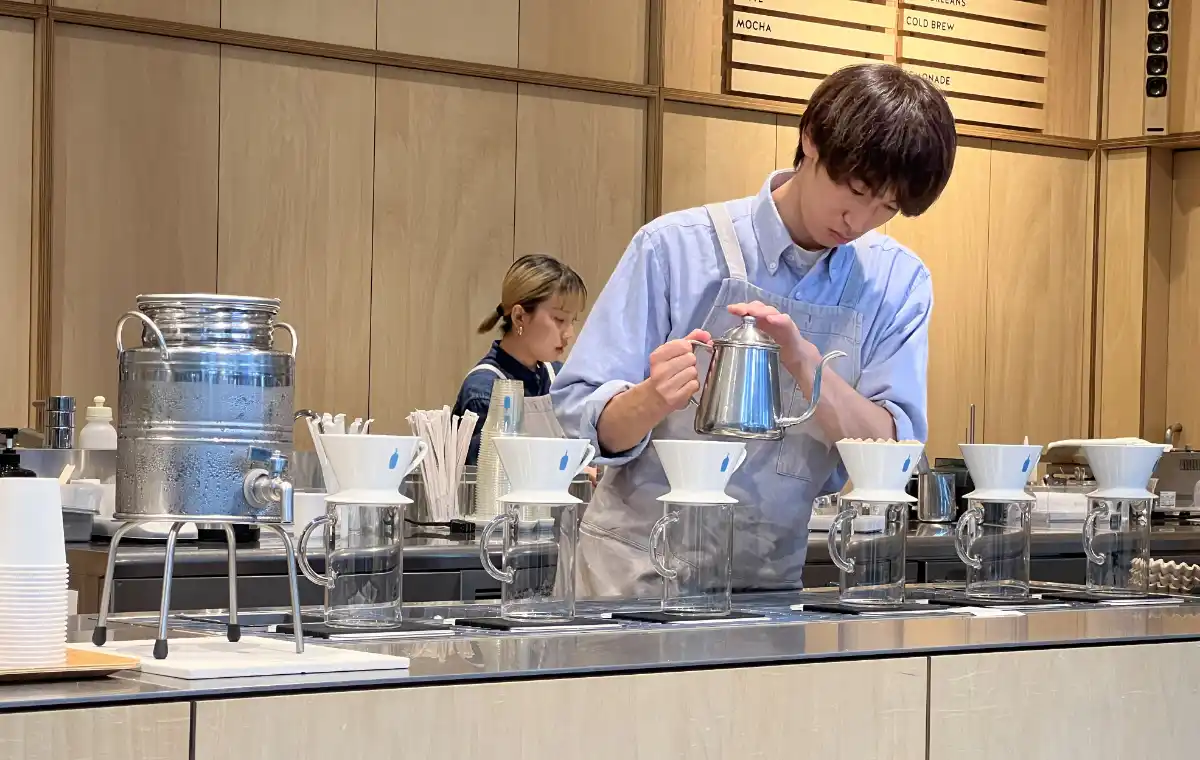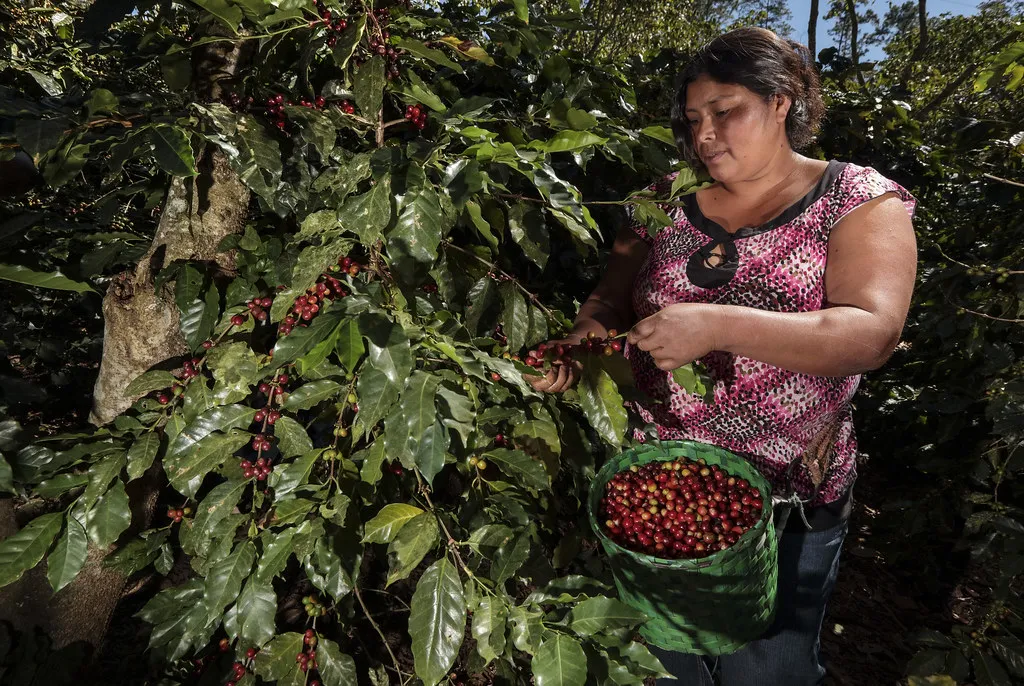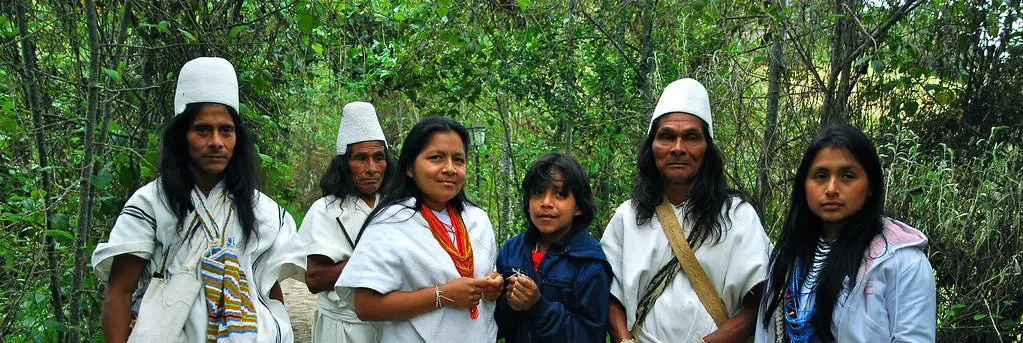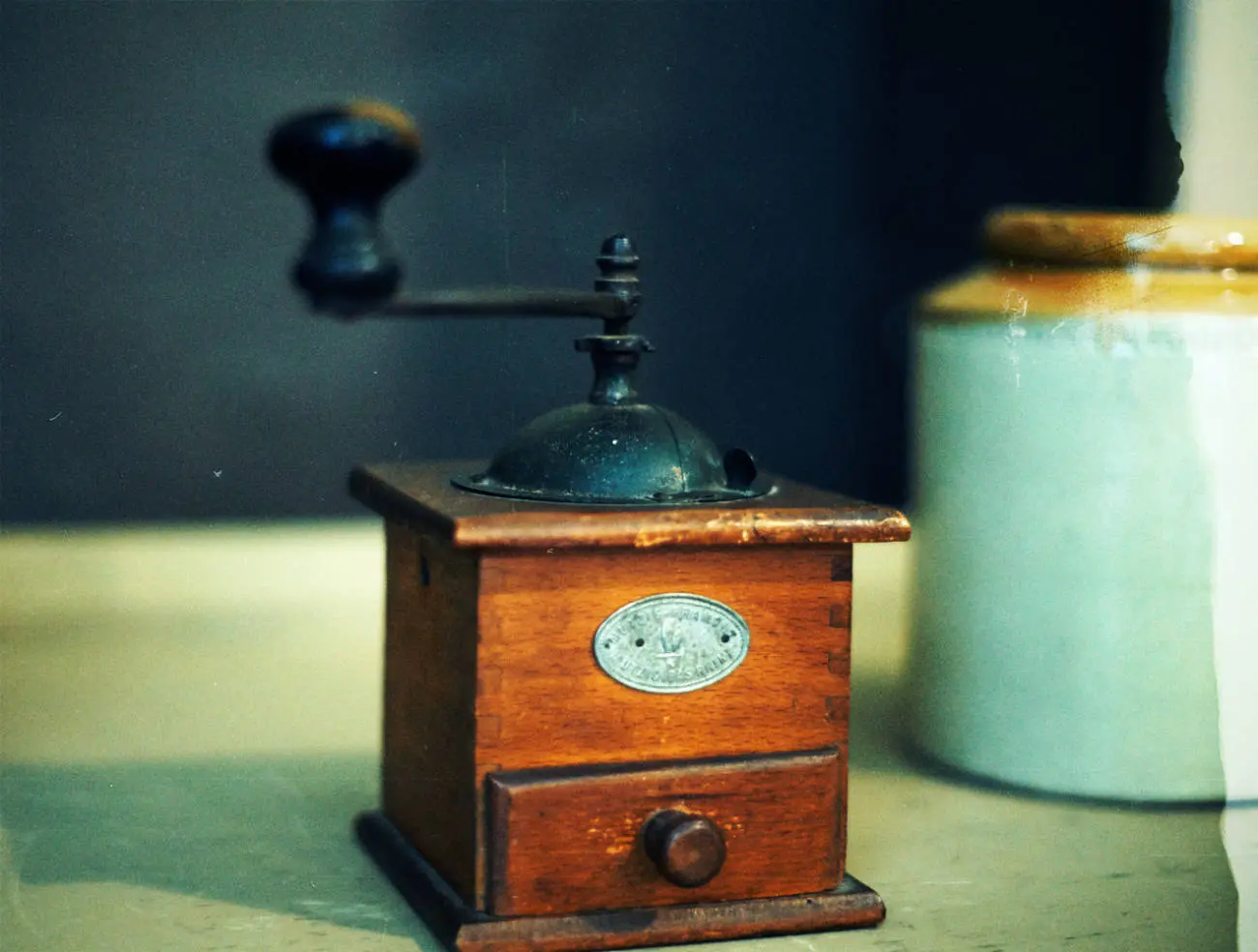Shade-grown coffee is coffee grown under a canopy of trees. A tree canopy provides a natural environment that helps to protect the coffee beans from the sun, strong wind, and frost.
Growing coffee in the shade instead of in the sun not only dramatically improves the quality of the coffee but also has beneficial effects on the environment and the sustainability of coffee farming.
Shade-grown coffees qualify as organic and are usually free from any residues of pesticides and chemical fertilizers.
But the most important thing for us coffee aficionados is a richer taste justifying a somewhat higher price.
Read on and learn why shade-grown is superior to sun-grown coffee and how to find the best.
Shade-grown Coffee vs. Sun-grown coffee
The natural environment of the coffee tree is in the understory. Growing coffee in the shade is the most natural and sustainable farming method.
However, since the 1970s, sun-grown coffee has become more prevalent all over Latin America to various degrees. Rising production costs and long periods of low coffee prices in world markets are to blame. After all, farmers need to make a living t00.
According to an article in Agronomy for Sustainable Development, the share of shade-grown coffee in Latin America fell to half its previous level in the 20 years from 1970. It was replaced by coffee plantations with less or no shade at all. This unfortunate trend continued in most countries. Guatemala and Colombia resisted the trend, keeping about a 40% resp. 30% share of shade-grown coffee. Honduras and Mexico managed to increase this share to about 30%. And in Costa Rica, almost all shade-grown coffee was lost.
The dark side of sun-grown coffee
Growing coffee in the sun allows farmers to produce greater quantities and make more money. However, this comes at a cost. The trees have a shorter life expectancy and will last only about 15 productive years. The productive life span of coffee trees in their natural environment can reach up to 30 years.
Sun-grown coffee is vulnerable to plant diseases like coffee leaf rust and damage by insects like the coffee berry borer. Farmers are forced to apply fungicides and pesticides.
The soil is exposed to the elements and can easily lose valuable nutrients. Farmers have to resort to chemical fertilizers.
What are the advantages of shade-grown coffee?
Shade-grown coffee is much preferable in many respects. The main benefits are a richer taste, organic quality, better livelihood for farmers, and sustainable and ecological production.
Shade-grown Coffee tastes better
Less exposure to direct sunlight means that the coffee beans take a longer time to mature. They have more time to absorb nutrients and build up natural sugars and other components essential for a rich and complex flavor profile.
No Fertilizer and No Pesticides – Good for your health
The canopy of trees protects the coffee trees from the elements and creates a biodiverse environment in which birds and other small animals like ants, spiders, and bats can thrive. These can feast on harmful insects, including the feared coffee berry borer, which causes serious damage in many other coffee-producing areas. Thanks to these animals, coffee farmers don’t need pesticides.
Falling leaves from shade trees and droppings from birds and small animals provide nutrients to the coffee trees and help maintain soil quality. This eliminates the need for chemical fertilizers.
Bees, many other insects, birds, and bats work hard to pollinate the coffee flowers. A greater variety of critters will ensure a more complete fruit set thus increasing the yield.
Shade-grown coffee is beneficial for the environment
Better biodiversity, CO2 capture, and soil and groundwater protection are some of the positive ecological effects.
Tall trees provide shade with their canopy; fruit trees and shrubs add value to farmers and wildlife and are key to improved biodiversity. Abundant foliage helps to absorb CO2. The root system of the surrounding trees and the protection from wind also helps to avoid soil erosion. This farming method is generally accepted as one of the most sustainable ways to help fight the effects of global climate change.
Farmers can achieve higher prices for quality beans
Discerning coffee lovers worldwide seek shade-grown coffee because of its higher quality. In addition, more people are now concerned with ecology and sustainability. Therefore, farmers following these principles can get higher prices for their quality beans. The livelihood of farmers is also improved as they don’t have to buy expensive pesticides and chemical fertilizers.
How do I make sure I get shade-grown coffee?
Your best bet is to buy coffee from a reputable specialty coffee shop or roaster. You can find many of them on the internet. They know their stuff and source green coffee beans often directly from farmers they know personally. They also provide detailed background information about their coffees on their website. This includes information about how it is grown and about post-harvest processing, as well as their roasting methods.
Finding shade-grown coffee in a retail store is a bit tricky. Reading labels when available is the safest bet. Unfortunately, many stores do not provide any additional information. Certification labels will not help you as most are issued based on different criteria.
Is there a Certification for Shade-grown Coffee?
No, there is no specific and generally accepted certification for shade-grown coffee.
However, you may see one of several other coffee certifications. The most prominent ones are USDA Organic, Fair Trade, Rainforest Alliance, and the Smithsonian Bird Friendly certificate. The criteria for each are quite different.
These certifications are all valuable and important, but the Smithsonian Bird Friendly certification is the closest to a shade-grown certification. One of the requirements is a shade cover of at least 40%. There are more criteria regarding the structure and composition of the plant life of a coffee farm. You can find these on the Smithsonian’s National Zoo & Conservation Biology Institute website.
Getting a coffee farm certified is not a walk in the park. The Smithsonian certification is notoriously difficult to obtain, but the other certifications are also not easy. In addition to fulfilling strict criteria, there is also a cost involved. This can be too much for a farmer in the highlands of Colombia or Guatemala. So, many farms might qualify, but owners may not be able to afford the procedure.
The Smithsonian Certification seal has been redesigned over the years, and here is how it developed:
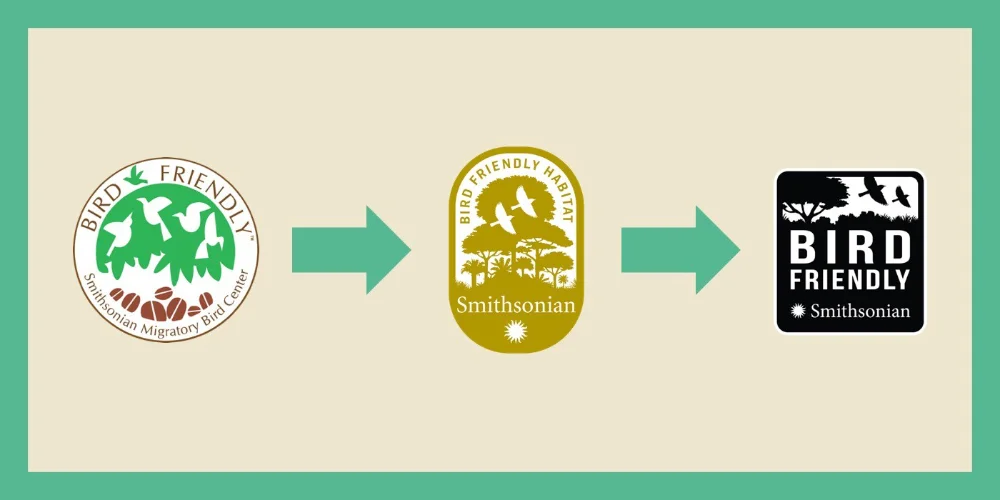
My favorite shade-grown coffees
Typically, you will have a better chance to find outstanding shade-grown coffee from small-scale individual farmers with only one or two acres. They may not have the resources to market their products online.
I found a very reliable source for outstanding coffee that meets the requirements for a delicious cup and for sustainable farming.
Spirit Animal Coffee
These are some of the folks at Spirit Animal Coffee who make this happen. All of their coffee is shade-grown and originates in the highlands of Honduras. The founders are passionate about coffee and are determined to deliver high-end specialty coffee at an affordable price.
They expertly roast their coffee and ship it all over the world.

Special Offer
Take advantage of an amazing offer of a 30% discount by using this link. You can even get an additional 15% off when you sign up for their newsletter. That’s a deal you should not miss.


